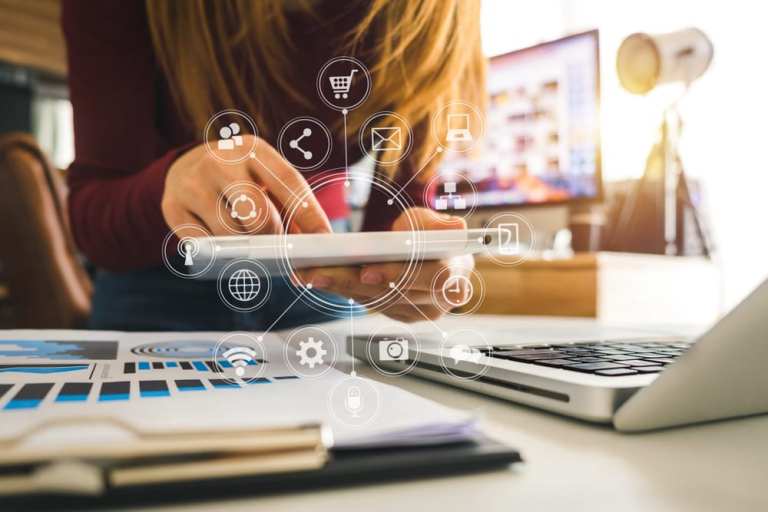Afterpay: What Retailers Are Now Learning To Do Differently

The retail world has been forced to radically rethink almost everything it does amid COVID-19. Melissa Davis, Afterpay’s North American division head, told Karen Webster in a recent conversation that the transition stemmed from initial uncertainty about how big of a deal the pandemic would be and how long it would last – but she said many of the changes merchants made are likely to stick around even after the crisis ends.
“I think right in the beginning, people weren’t as quick to ask: ‘How do we transform digital?’” Davis said. “But now we’ve seen this is going to go on much longer, and is going to be a ‘new normal’ – and people are much more comfortable with shopping online and trying out new things.”
In fact, not only are consumers trying new things, but many are increasingly finding that they like them, and want them to become permanent parts of their shopping journeys. That means retailers are waking up to the idea that they need not just a digital shopping portal, but an entire omnicommerce strategy that will require both investment and a real focus on delivering retail experiences differently.
“We’re seeing things like curbside pickup, contactless payments, delivery to a customer’s trunk and redesigned physical store spaces,” Davis said. “More and more retailers are quickly adapting and realizing that they need to have these things in place as soon as possible.”
The Redesigned Retail Experience
Despite some reports to the contrary, consumers haven’t stopped shopping – they’ve just changed what they’re shopping for.
Take apparel. Davis said women suddenly have a lot less use for high heels or fitted dresses, but those who spend much of their days on Zoom calls with colleagues still have to look professional. The shopping trends that Afterpay is seeing through its retail partners demonstrate that.
“We’ve definitely seen a significant increase in casual fashion, beauty and fitness,” Davis noted. “We’ve experienced four times as many clicks on fitness and one-and-a-half times as many clicks on beauty. I’ve personally bought more sneakers in the past couple of months than ever before, because I haven’t worn any other shoes.”
Afterpay has seen a similar pickup in home furnishings as people are setting up home offices. Such shifts are creating opportunities for many retailers, as they upgrade their digital offerings with things like timely shipping, package tracking and more.
As Davis noted, many retailers “are getting more creative in bringing those experiences online.” For example, some skincare retailers offer virtual appointments where the consumer gets on a Zoom call or FaceTime so that an expert can look at their skin and recommend products.
“They’re able to really assess your skincare,” she said. “I think we’ll see more of that type of virtual expansion to appointment-based shopping.”
Moreover, retailers are rethinking the layouts of their physical stores to better accommodate multichannel shoppers. Additionally, they’re employing augmented reality (AR) and virtual reality (VR) technology to make virtual try-ons possible, and are rethinking the multichannel customer journey from end to end. That includes the expansion of the payments process to include Afterpay’s specialty of buy now, pay later (BNPL).
The Gift Of Spending Control
Afterpay has seen an uptick in interest for its BNPL services, largely because it offers customers payment flexibility. Davis noted that consumers are looking for ways to exert more control over their spending, while still enjoying frictionless, mobile-based checkout experiences.
“One of the best things a retailer can do is give payment options to consumers to make their purchases as seamless and easy as possible,” she said.
While Afterpay got its start in eCommerce, Davis said it continues to expand its in-store payment options, buoyed by demand from both consumers and merchants. The goal isn’t to merely build out systems for eCommerce customers, but also to recognize that all shoppers will likely prefer some flavor of omnicommerce going forward.
Davis said that Afterpay aims to ensure that consumers’ options in one channel are just as available in others. “We think about not just the online shopper or the digital consumer, but also about how to service that omnichannel shopper. How do we make sure that wherever they’re shopping – whether it’s online, in-store or buy online and pick up in-store – we’re able to offer that same seamless experience across every touchpoint?”